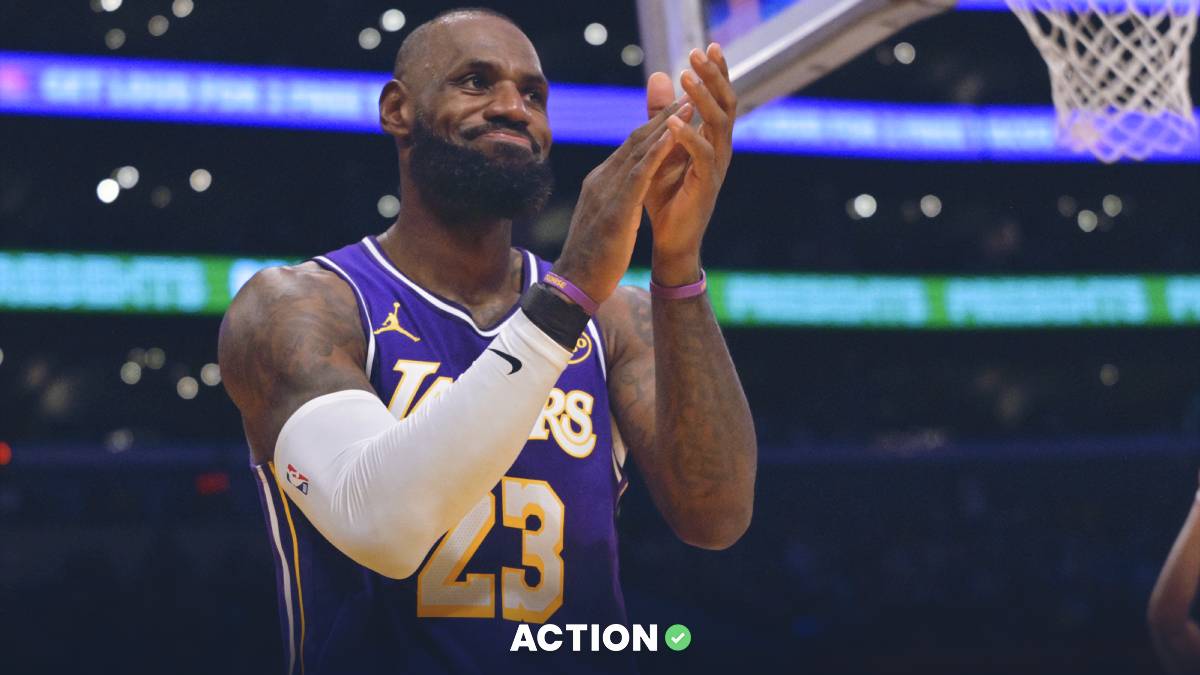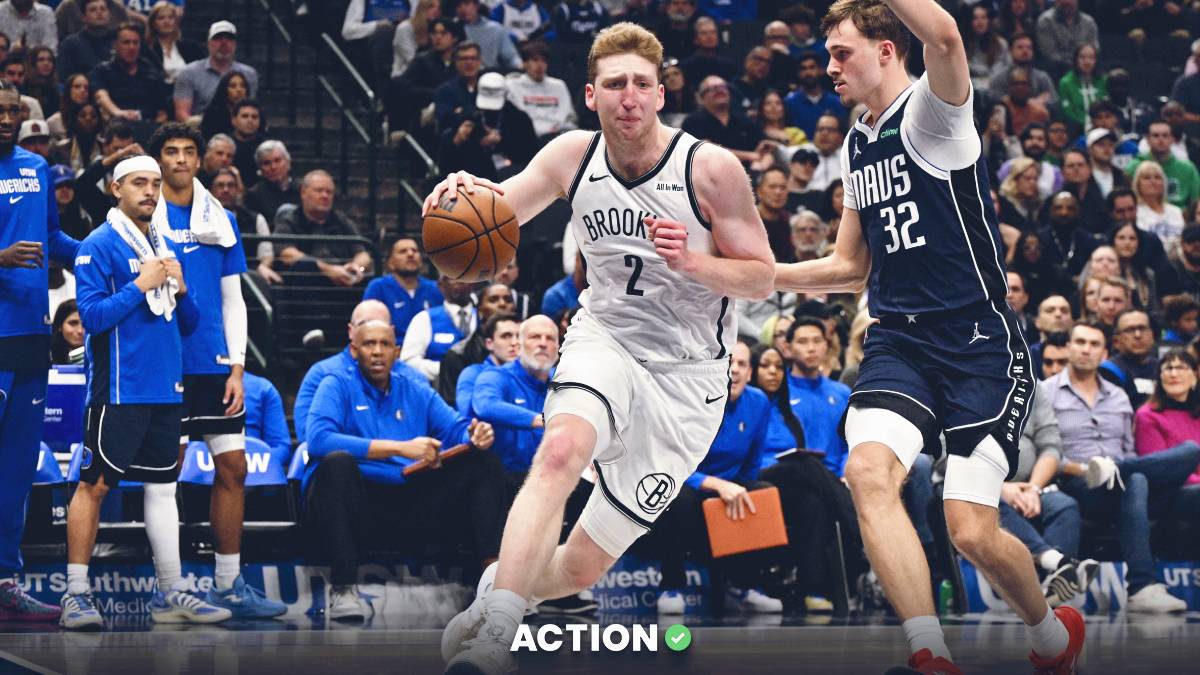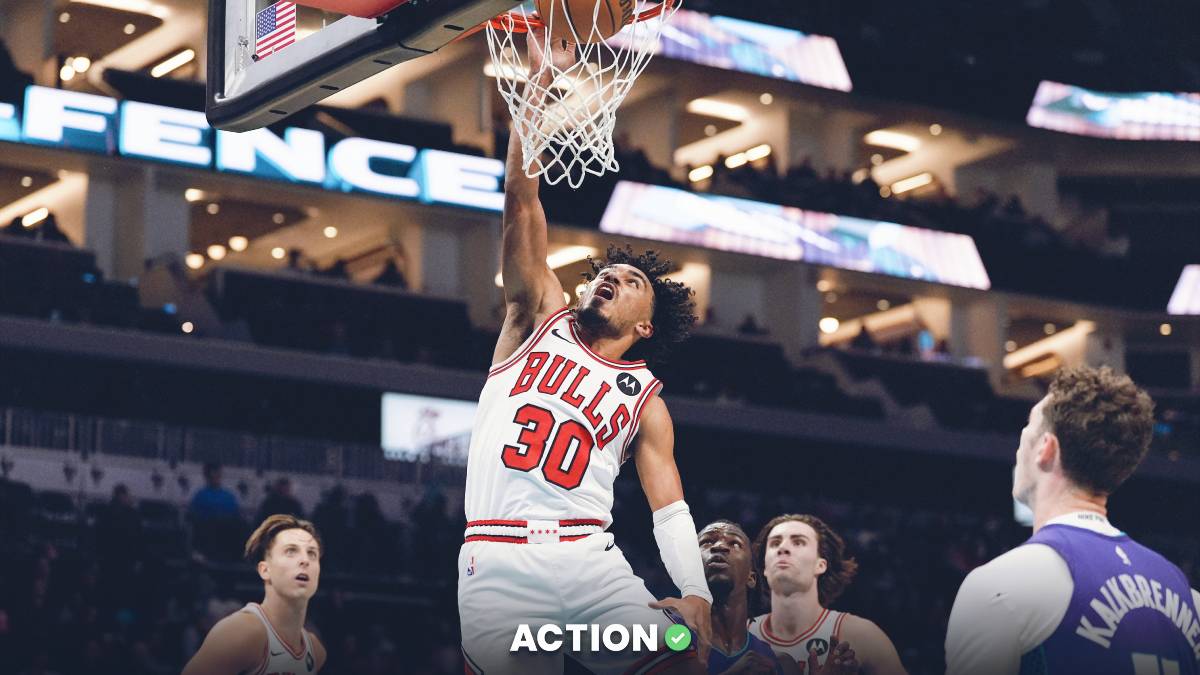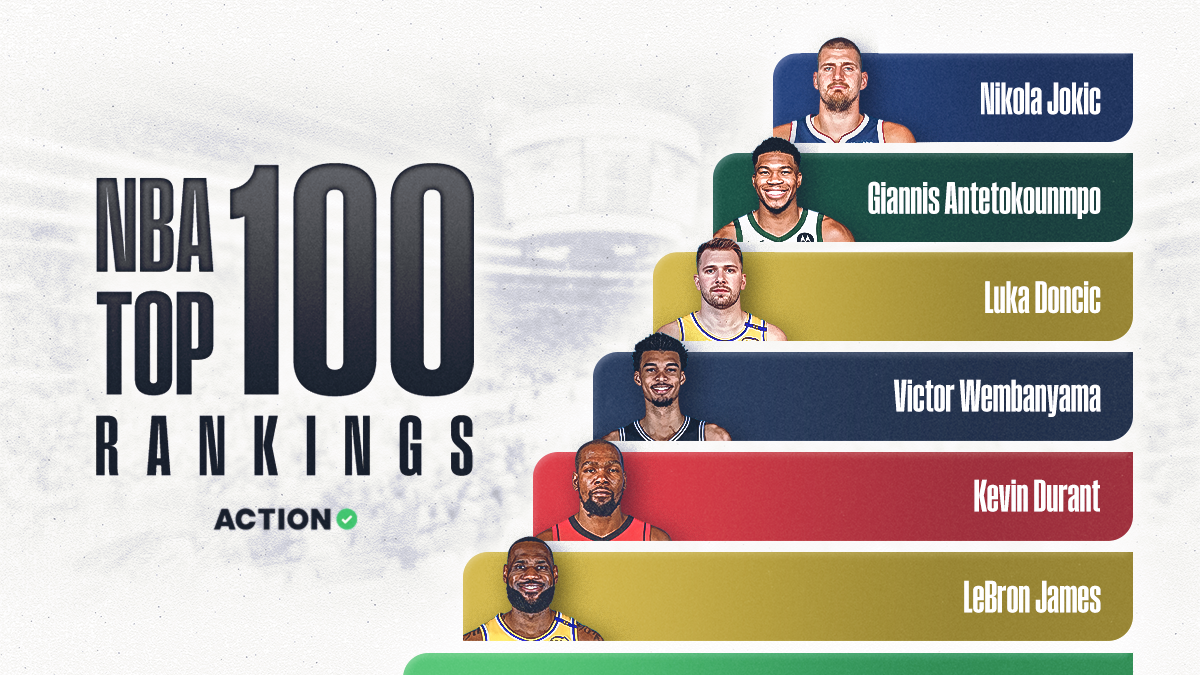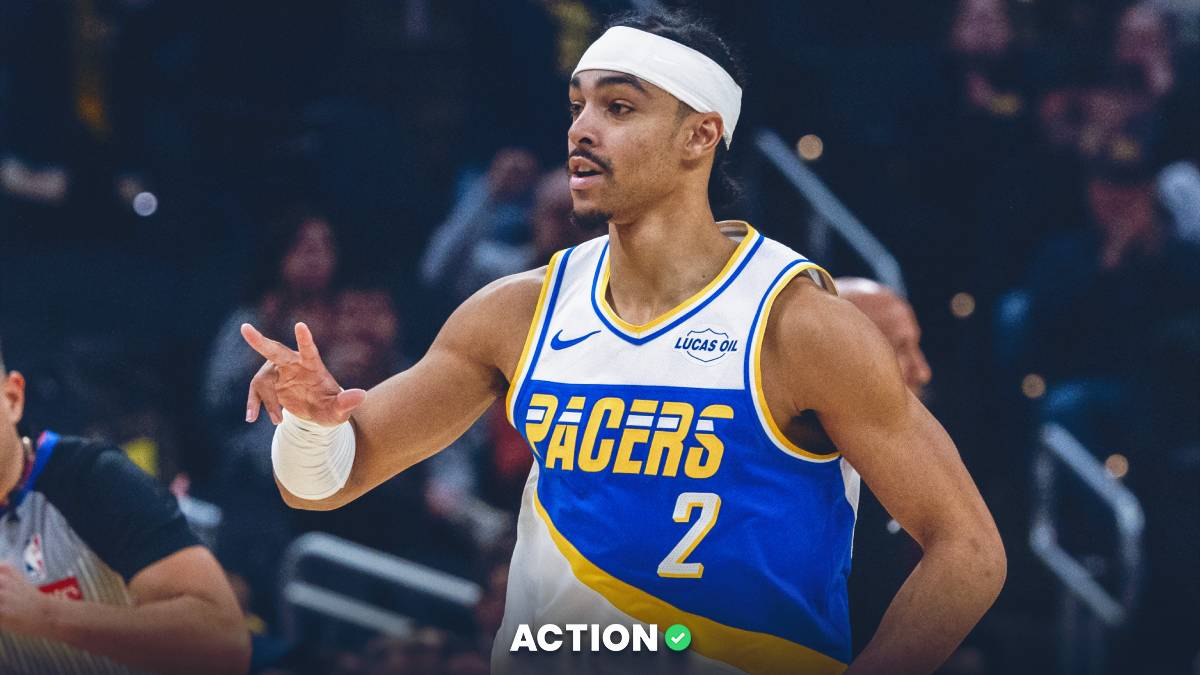- The Charlotte Hornets are currently the only team in the NBA's Southeast Division with a positive point differential.
- I looked at historical data to see when point differential stabilizes and whether there's value in betting the Hornets' division odds.
The NBA's Southeast Division features four teams (Hornets, Heat, Magic and Wizards) that are all at or below .500 and within two games of the division race. While we may safely exclude the Atlanta Hawks from consideration, trying to separate the other four Southeast Division teams is far more difficult.
Or is it?
There is one major stat with which these teams differ markedly: point differential (or Net Rating, which is points scored per 100 possessions minus points allowed per 100 possessions).
Southeast Division
As you can see, the Hornets boast the eighth-best point differential in the league and the only positive mark among their division mates.
And that's important because year-over-year, point differential is more predictive of future win percentage than current win percentage is.
This seems to suggest that — barring injuries or otherwise unforeseen circumstances — the Hornets are poised to ascend to the peak of the Southeast Division race.
Interestingly, however, their futures odds to win the division do not universally reflect this.
Southeast Division Futures Odds
The Hornets boast 38.5% implied odds to win the Southeast Division at Bovada but just 9.1% at BetOnline and 6.3% at 5Dimes. This seems curious, doesn't it? I mean — if point differential is really all it's cracked up to be, then we should all be hammering Hornets futures. So, what gives?
To answer this gnawing question, I took a look at teams' point differential at different points in the NBA season. The goal of the study was to evaluate the odds that a team leading its division in point differential actually wins the division at the end of the season.
When Does Point Differential Stabilize?
To gather this data, I utilized NBA.com's handy stats tool and basketball-reference.com to log point-in-time data on point differentials and historical division winners.
I looked at each team’s point differential at the conclusion of each month, excluding October. I also excluded from my analysis the 2011-12 season, which was shortened due to the players' lockout during collective bargaining agreement negotiations.
I went back in time until 2004 for our samples, because in 2004 we had the expansion addition of the New Orleans Pelicans. Prior to that, the NBA had only 28-29 teams and worked off a four-division model. By sampling only 2004 to 2017, we maintain constancy for the number of teams in each division.
Division Win Rate for Teams Leading Division in Point Differential
Teams leading their division in point differential after the month of November have gone on to win the division 65.39% the time since 2004.
The metric continues to stabilize through December and January, finally stagnating in the month of February. Interestingly, point differential actually becomes slightly less predictive in determining a division winner during the final month of the season.
The division win rates for November and December are strikingly high considering how few games have usually been played by that point.
This provides even more support for us to hammer the Hornets' futures odds now before their actual record improves markedly.
If you're the more conservative bettor, waiting until the conclusion of January games should likely provide you the most overall stability, but betting them to win the division today would likely yield a much more substantial return.
And if you're curious about the rest of the division races, here are the current point differentials and division odds for every team:







